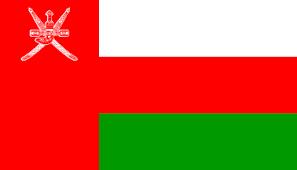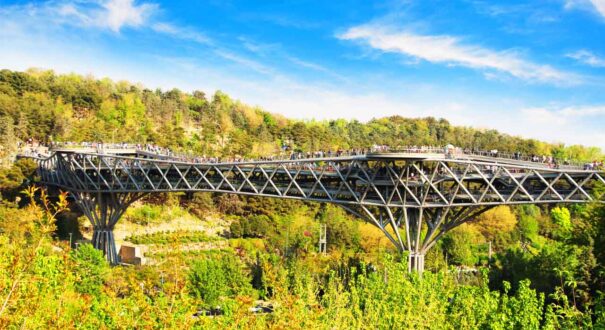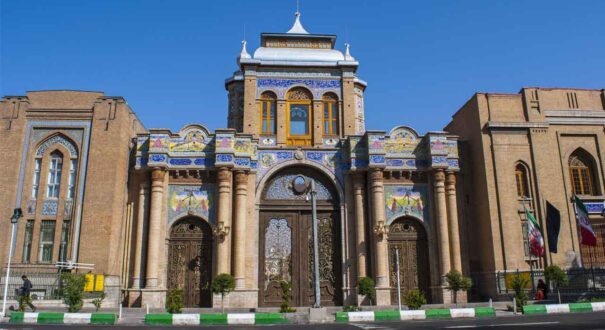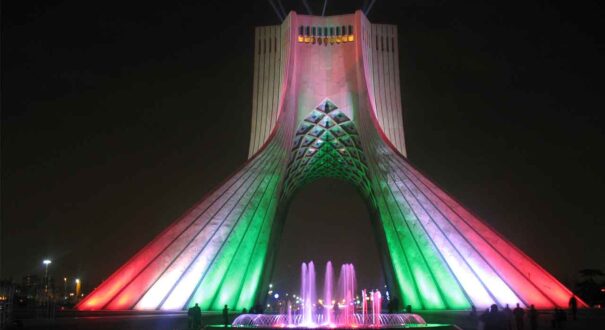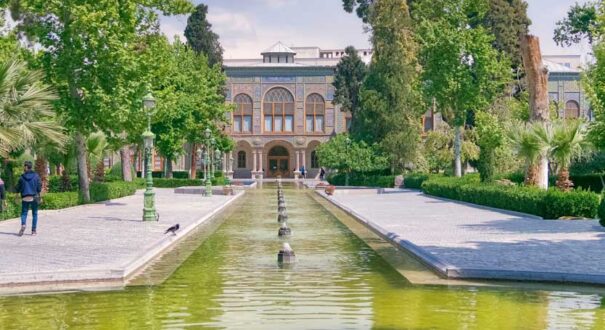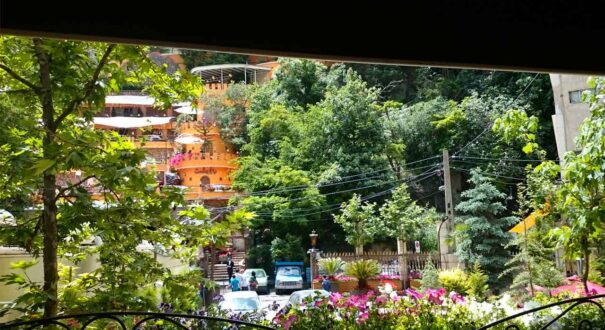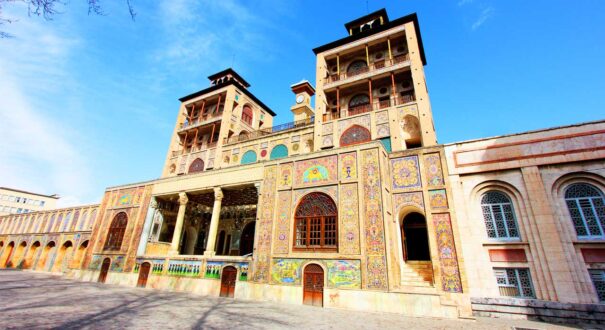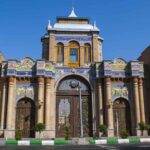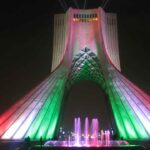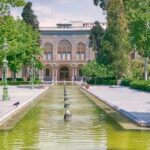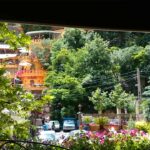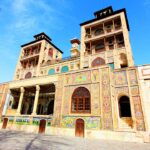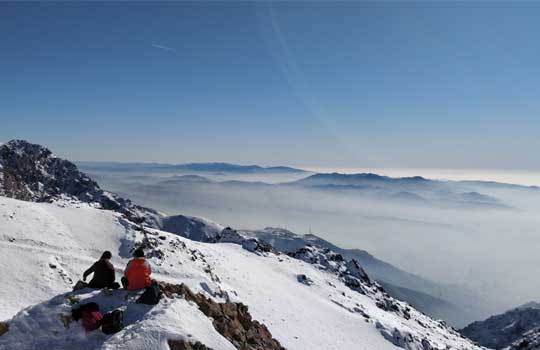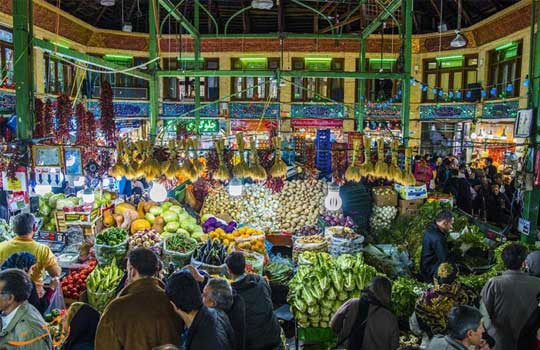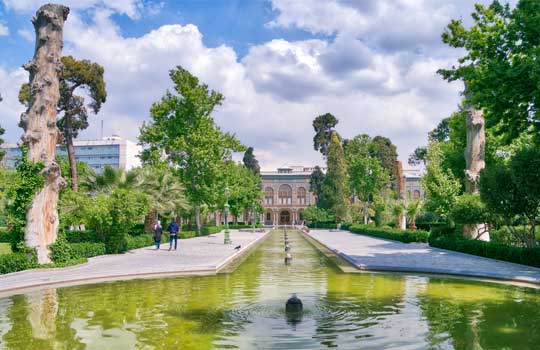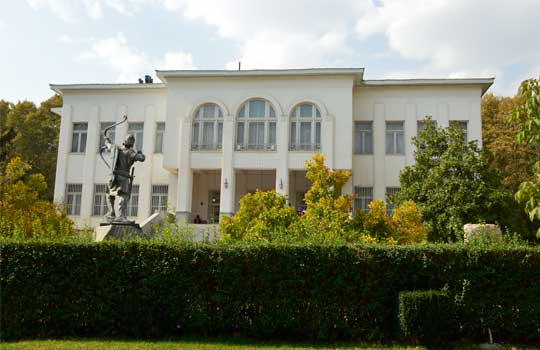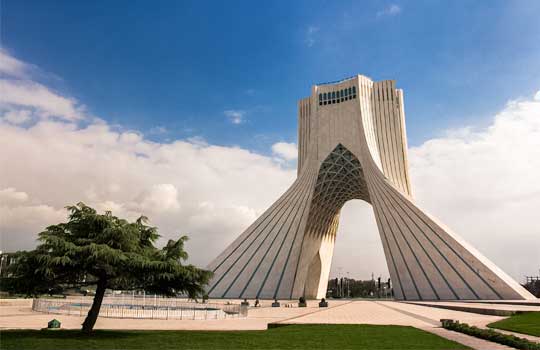
Tehran
description
Tehran, the Political Capital of Iran
The Significance of Tehran
Tehran is the largest and most populous city in Iran. It has been the capital of Iran since 1788. Among the cities of Iran, it has the most ethnic and linguistic diversity.
In terms of vastness, this city is known as a metropolis not only in Iran but also in the world. It is also the 24th populated city in the world and the 3th populated metropolis in the Middle East.
Natural Attractions of Tehran for Tourists
Tehran is located in the northern half of Iran and on the southern slopes of the Alborz. It is also 112 kilometers from the Caspian Sea. With a height of 5670 meters above sea level, Damavand is Iran's highest mountain and Asia’s highest volcano. This mountain is about 69 kilometers from the northeast of this city, and offers a snowy landscape.
There are plenty of natural attractions with a temperate climate and verdurous environment around the city. Snow-covered mountains around the city provide a good opportunity for people, especially tourists interested in skiing. In addition, several beautiful ski resorts such as Tochal, Dizin and Shemshak, all of which are equipped with the necessary facilities, are located near this city.
Dizin is one of the most important ski resorts in Iran and the Middle East. Actually, this is one of the few ski resorts in the world, enjoying both grass and snow skiing facilities. With a height of 3730 meters above sea level, Tochal Ski Resort is the world's fifth highest ski resort. It takes about 15 minutes to reach it from the capital. Mountaineering and rock climbing are also among other sports for which there are good facilities available for those interested.
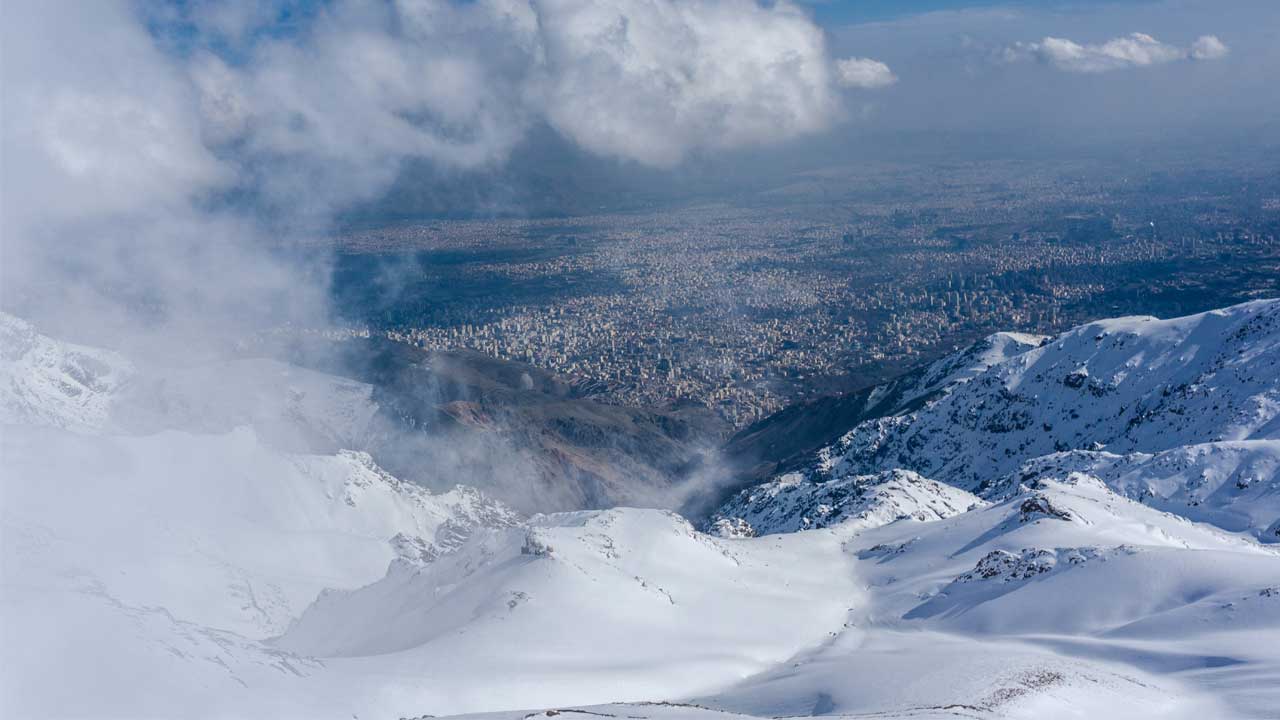
Historical Monuments of Tehran
Based on the archaeological findings, the history of human life in this region dates back to 5000 BC.
Followers of different religions live in Tehran. Therefore, many historical religious monuments such as mosques, churches, synagogues, and Zoroastrian fire temples are located there.
Golestan Palace, UNESCO World Heritage Site
With a history of more than 440 years, the Golestan Palace is one of the other must-see palaces in Tehran. In 2013, it was listed in UNESCO World Heritage Sites. One of the most stunning structures of the Golestan Complex is called Shams-Ol-Emareh (Edifice of the Sun). This 5-story building, which reaches 35 meters high, was the tallest building in Tehran at the time it was constructed. It was also the first building in which cast iron was utilized. Above all, Shams-Ol-Emareh used to be known as the symbol of the city for a long time. Moreover, the clock installed on top of Shams-Ol-Emareh is a gift from Queen Victoria to Naser al-Din Shah Qajar.
To read more about the history and architectural style of the Golestan Palace click here.
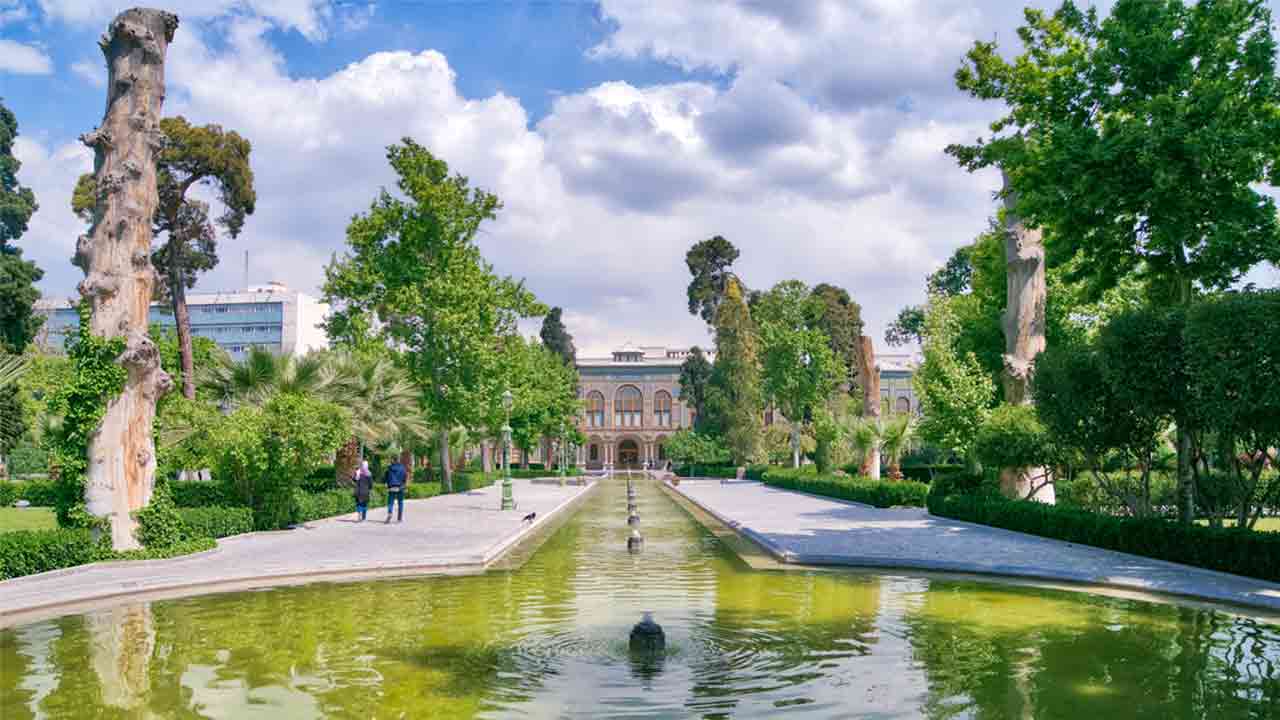
Niavaran Historical Complex
Niavaran Historical Complex is located in the north of Tehran and a garden spanning 11 hectares. All the buildings of this complex belong to the Qajar and Pahlavid era. There are important palaces in the complex such as Niavaran Palace, Sahebqaraniyeh Palace and Ahmad Shahi Palace.
Niavaran Garden was the summer residence of Qajar Kings. First, a beautiful mansion was constructed in the garden by the order of Fath-Ali Shah Qajar. This mansion is known as Niavaran Palace. Afterwards, other Qajar Kings ordered on the construction of more palaces in the garden.
Sahebqaraniyeh Palace dates back to the reign of Naser al-Din Shah Qajar. Later, Ahmad Shahi Pavilion was constructed by the order of Ahmad Shah Qajar, the last Qajar King. Finally, Niavaran Palace was renovated in modern architectural style.
If you are interested to know more about Niavaran Historical Complex click on this link.
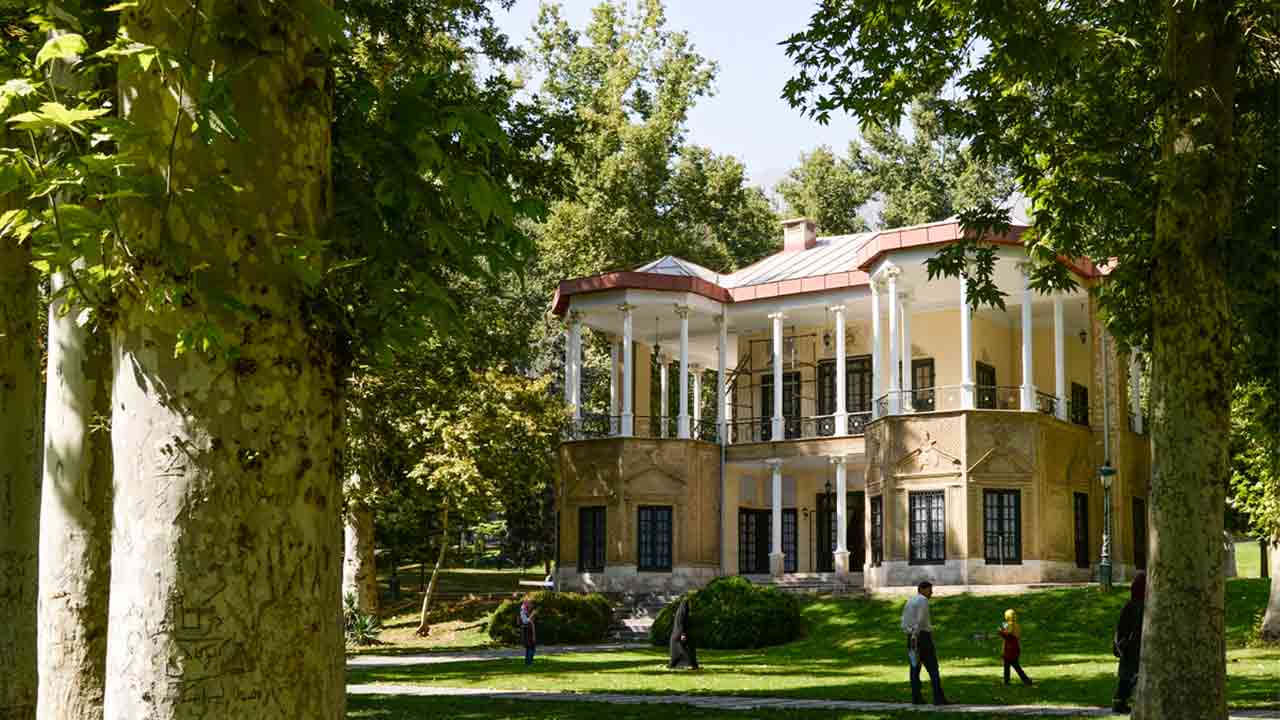
What Buildings Are the Symbol of Contemporary Architecture in Tehran?
Among the contemporary monuments, the Azadi Tower is the former symbol of the city and the Milad Tower is it latest symbol. It is interesting to know that Valiasr Street, with a length more than 18 kilometers, is the longest street in both Iran and the Middle East.
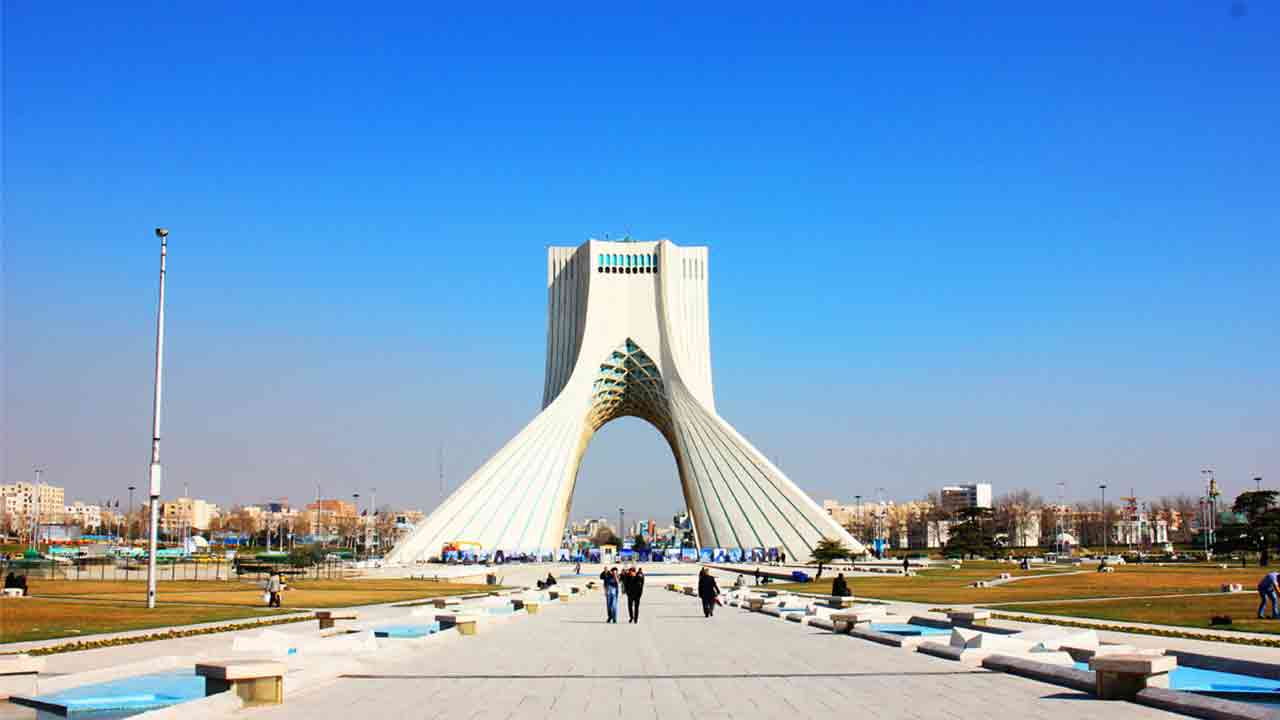
The Urban Structure of Tehran
Being surrounded by mountains on three sides, the streets of Tehran have height difference. As a result, you will experience a 15-degree slope while walking in the northern streets of the city. The 900-meter gap between the southern and northern streets is totally tangible.
The 30th Tir Street, the Street of Religions in Tehran
The 30th Tir Street is a tourist street in Tehran because National Museum of Iran is located there. On the other hand, it is known as the street of religions due to being home to churches and synagogues. It is also the best place for the ones who are interested in street food.
The 30th Tir refers to an important rebellion in the contemporary history of Iran. Tir is the first month of the summer in solar calendar.
In general, there are more than 30 museums in the capital of Iran, visited by lots of tourists every day. The National Museum of Iran, National Jewelry Museum, Carpet Museum of Iran, and Tehran Museum of Contemporary Art are the most important ones.
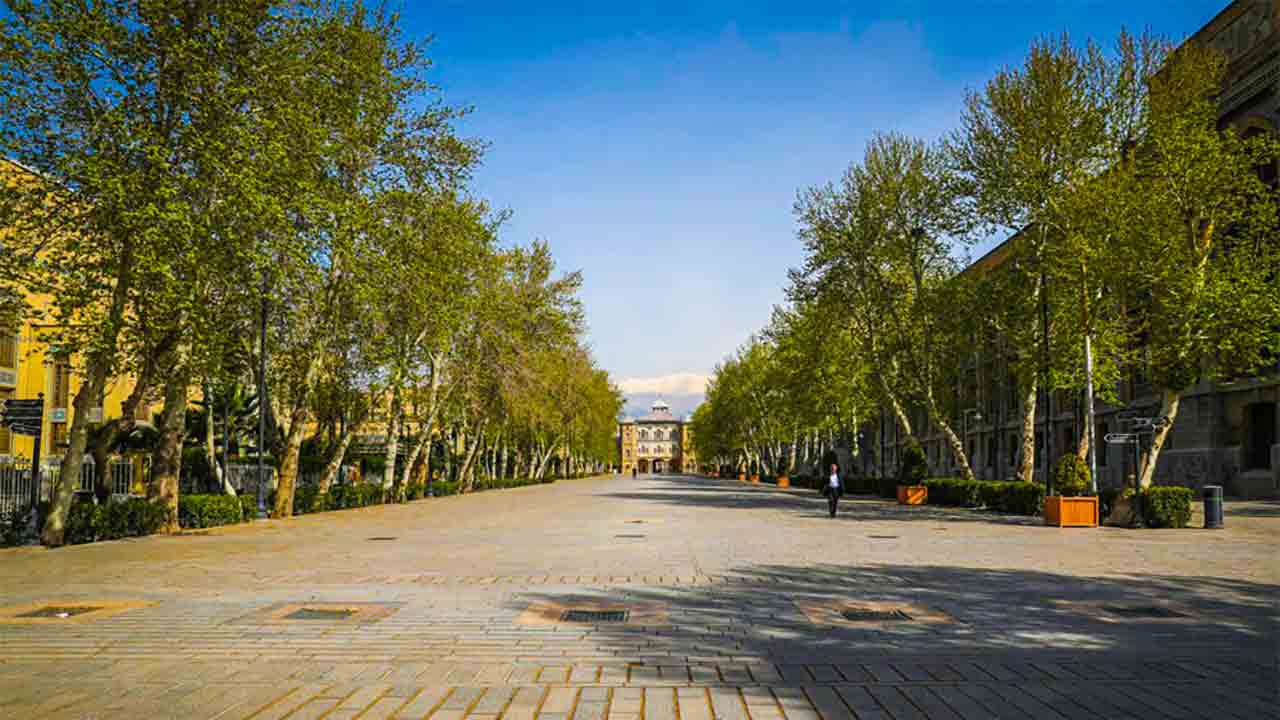
Ancient Iran Museum, the Biggest Museum of Iran
National Museum of Iran is located on the south of the 30th Tir Street. While entering the 30th Tir Street from southern side, the first thing that attracts your attentions is the glorious exterior of the museum. As a result, the stunning architecture of this construction tempts tourists to photograph.
Ancient Iran Museum, also known as National Museum of Iran, dates back to about 60 years ago. This museum is divided to post-Islamic and pre-Islamic archeological sectors. The designer of this museum was André Godard, a French architecture. The most famous and valuable objects including the one-million-year artifacts of the Neanderthal, the Elamite-era relics and the remnants of the salt man are preserved in the museum.
Evangelical Church
After visiting the National Museum of Iran, it takes 7 minutes to walk to the Evangelical Church. This church is also known as Saint Peter's Holiness Church. Evangelical Church was constructed in the Qajar era and represents a combination of Iranian and European Architecture.
The 100-year Synagogue of Haim
Haim Synagogue, dating back to more than a century ago, is 400 meters from Evangelical Church. Moreover, the Poles settled around it after World War I.
Glassware and Ceramic Museum in the Heart of a Historical Houss
Glassware and Ceramic Museum of Iran, known as Abgyneh, is located 140 meters from Haim Synagogue. This beautiful octagonal building used to be Qavam Slataneh’s house, one of the prime ministers of Iran in Qajar era.
Grand Bazaar of Tehran
Grand Bazaar of Tehran is the most important commercial and business centers in Iran. This covered bazaar enjoys an Iranian architecture as well historically valuable buildings. Since the late nineteenth century, tourists and foreign diplomats have described this bazaar as the most spectacular site in the capital of Iran. It is still the most well-known shopping center in Tehran, which attracts the attention of locals and domestic and foreign tourists.
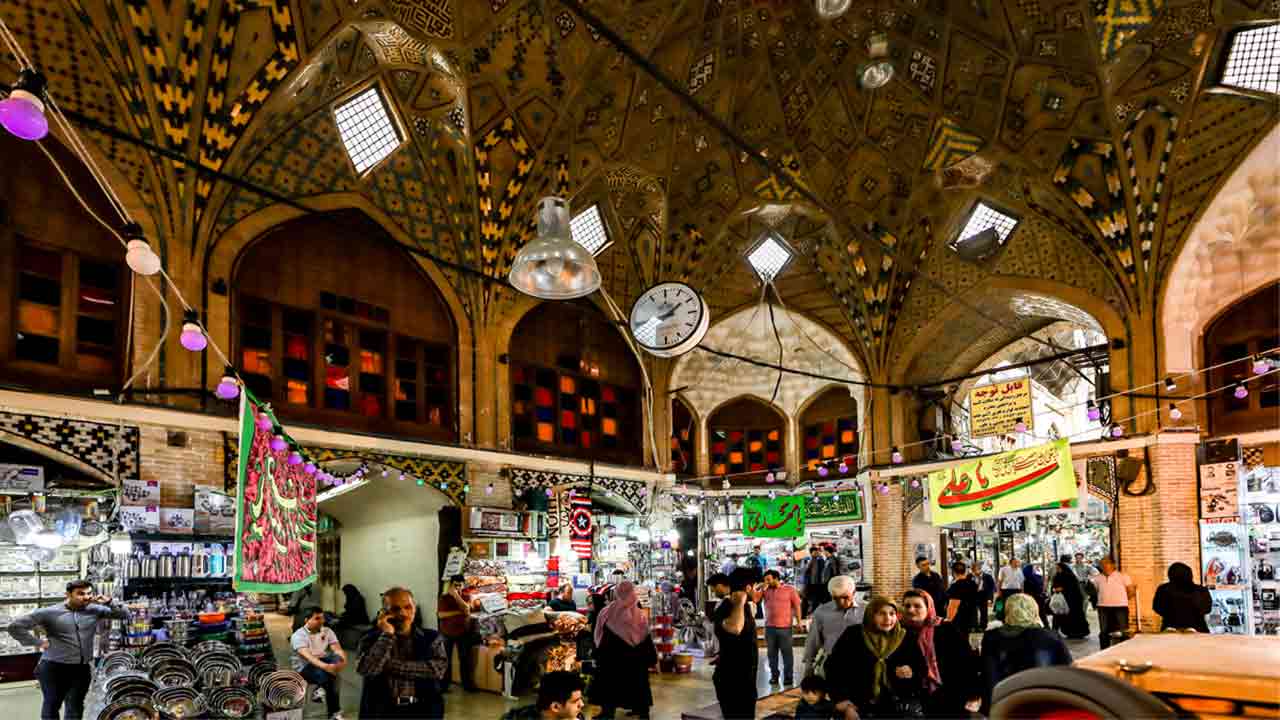
Mashq Square, the Tourist Walkway of Tehran
Mashq Square, also known as the National Garden, is the tourist walkway in Tehran. This square, located at the city center, was the beginning of the important historical events. The beautiful National Garden Gate has separated it from the bustled urban space. You enter a new world, by passing through the gate.
Mashq Square underwent many important transformations in different eras. This square was a place for military trainings at first. In the reign of Nasser al-Din Shah, a brick fence was built around it. By the passage of time, the green space of Mashq Square increased. Finally, what you see today is completely different from its original form.
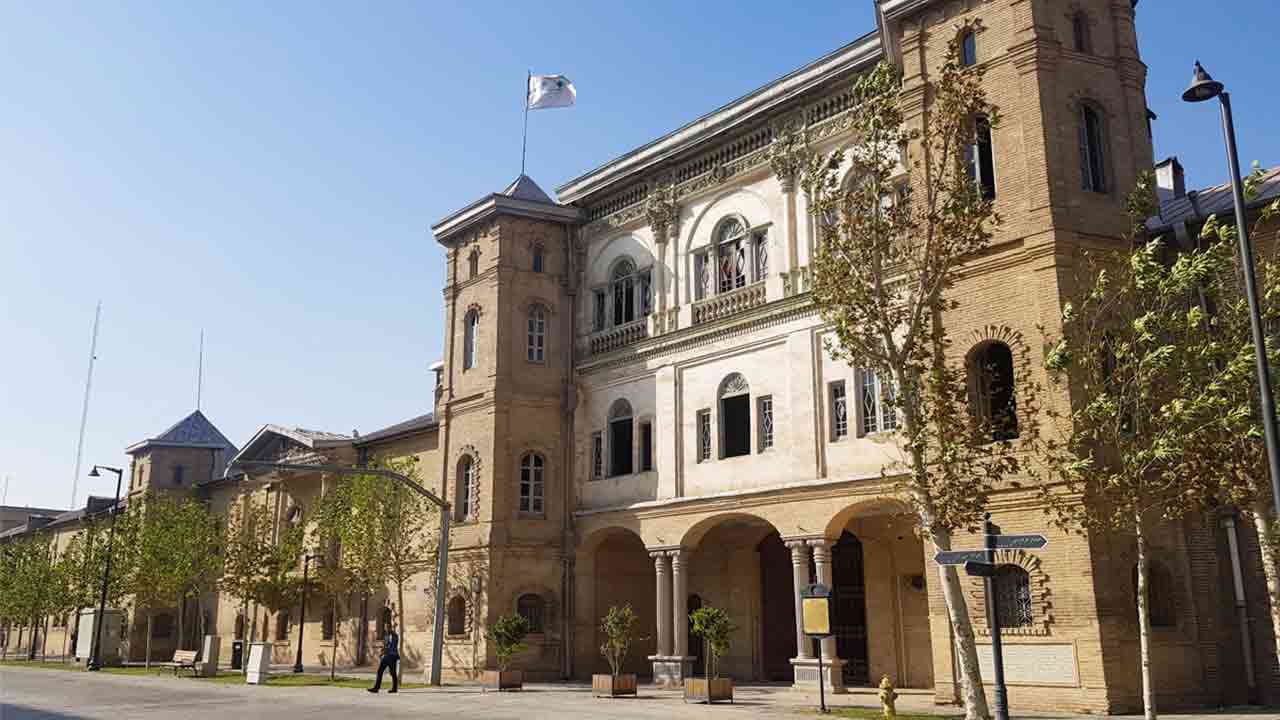
Mashq Square Gate, a Relic from the Pahlavid era
Prior to entering the National Garden, you encounter a gate constructed by the order of Reza Shah. It is narrated that Reza Shah ordered on constructing this building as a memorial of capturing the city in the 1920 coup. That is why you can see the illustration of the coups on the tiles of the gate façade.
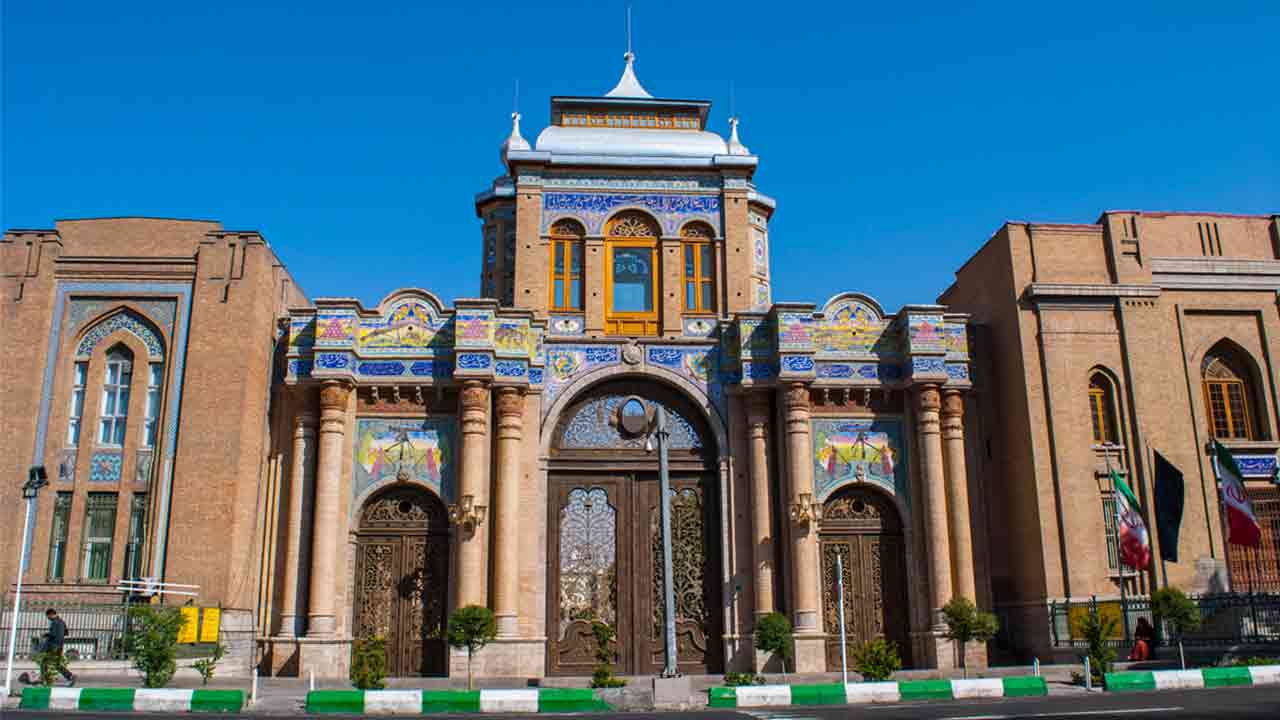
Shahrbani Palace, an Inspiration from Apadana Palace
You can view art styles from different historical eras in Shahrbani Palace. This building, including the reliefs of Achaemenid soldiers and mythical animals, is inspired by the architecture of Apadana Palace. In addition, you can find Qajar-era tiles and Seljuk muqarnas in this building. This construction, located at the east of Mashq Square, belongs to the Iranian Ministry of Foreign Affairs at present.
The Pearl Cannon
Different narrations have been conveyed about the Pearl Cannon. According to some references, it is a booty from the reign of shah abbas safavid. However, in some other references, it is narrated that Nader Shah took it from India. It is presently kept in courtyard of the Foreign Ministry.
Gahzaghkhaneh, the Oldest Building in Mashq Square
Gahzaghkhaneh Building (literally means casern), located at the end of the National Garden, used to be a place for training the soldiers. This building, which is among the oldest monuments of the square, was constructed in 1892. Finally, this mansion developed in the reign of Reza Shah.
A Visit to Oudlajan Historic Neighberhood
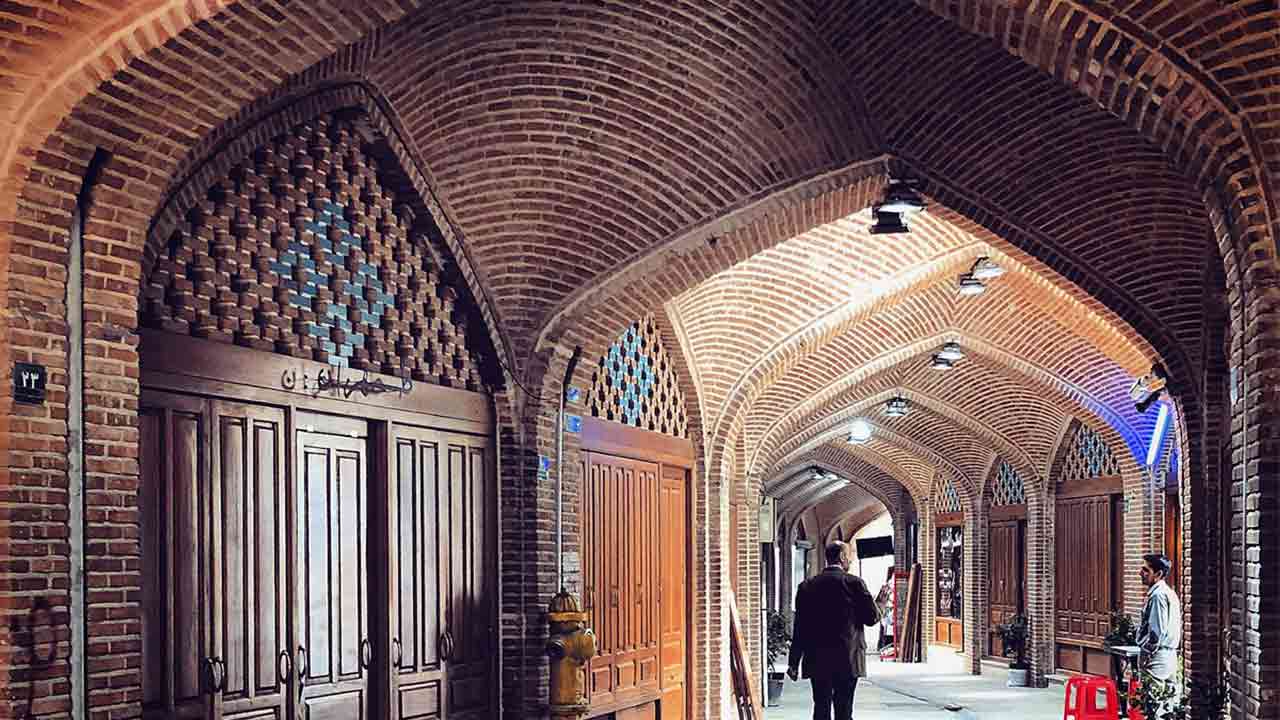
Oudlajan, located near the traditional Bazaar, is a historic neighborhood in Tehran. The neighborhood includes Timcheh and narrow alleys, which have preserved its traditional form.
The followers of different religions including Muslims, Zoroastrians and Jews live with each other peacefully in Oudlajan Neighborhood. In the past, the population of the Jews was so large that it was known as the Jews Neighborhood. There is also an old synagogue named Ezra Yaghoub there, featuring a yellow door on which a few iron stars are engraved.
It is interesting to know that the first Iranian bank was established in Oudlajan Neighberhood about 260 years ago. However, the building of the bank has turned to a traditional restaurant today. Therefore, if you are interested to taste some delicious Dizy, we recommend you visiting this restaurant.
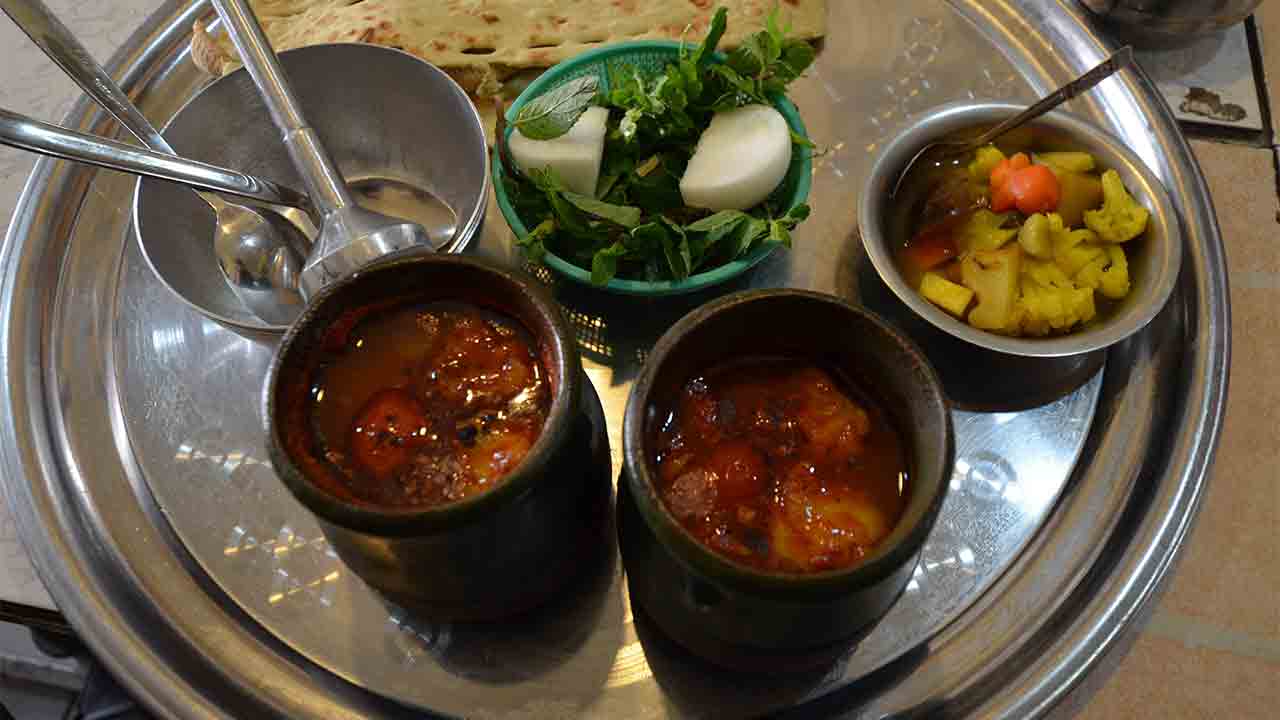
Tehran, a Delicious Dish Destination
There are plenty of luxury restaurants in Tehran that serve Iranian traditional dishes as well as international cuisine. The most popular food in Tehran is Kebab.
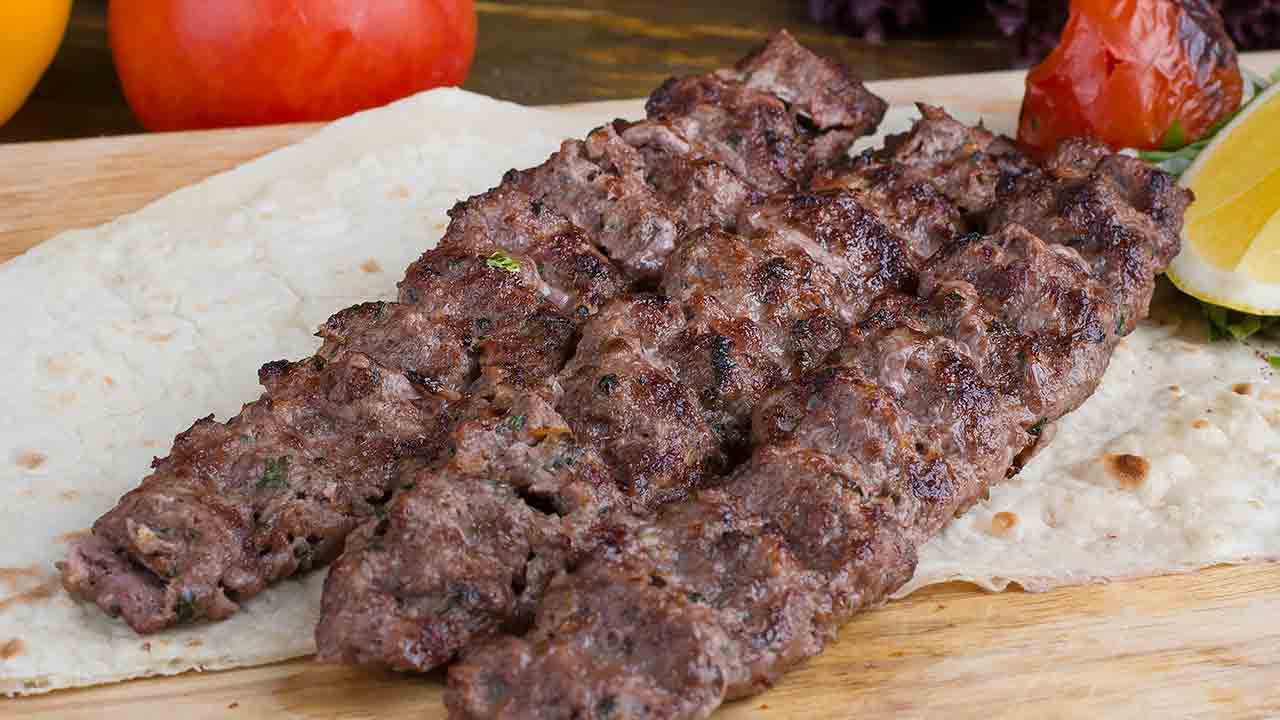
? What cities are sister of tehran
It is interesting to know that Iran’s capital has sister city agreement with 22large cities in the world. The most important sister cities include Seoul (South Korea), Los Angeles (America), Paris (France), Istanbul (Turkey), Mosco (Russia) and Tbilisi (Georgia).
Traveling to Tehran, Visiting a 200-Year Capital
On your trip to Iran, do not forget to visit the capital. Strolling in the longest street of the Middle East and skiing in the heights of the city differentiates your trip. In general, Iran is a land with intertwined history, culture and nature. That is why this trip is attractive for tourists with different tastes. The capital of Iran is one of the places whose natural and historical attractions are close to each other, which doubles its beauty.
Visiting this city has been offered almost in all the itineraries of 1001 Night Tours. Moreover, ascending Mount Damavand can be tempting for those who are interested in mountaineering, offered in adventure tours. You can view all the tours including the capital of Iran here. In addition, you can click here in order to study about the other cities of Iran.
